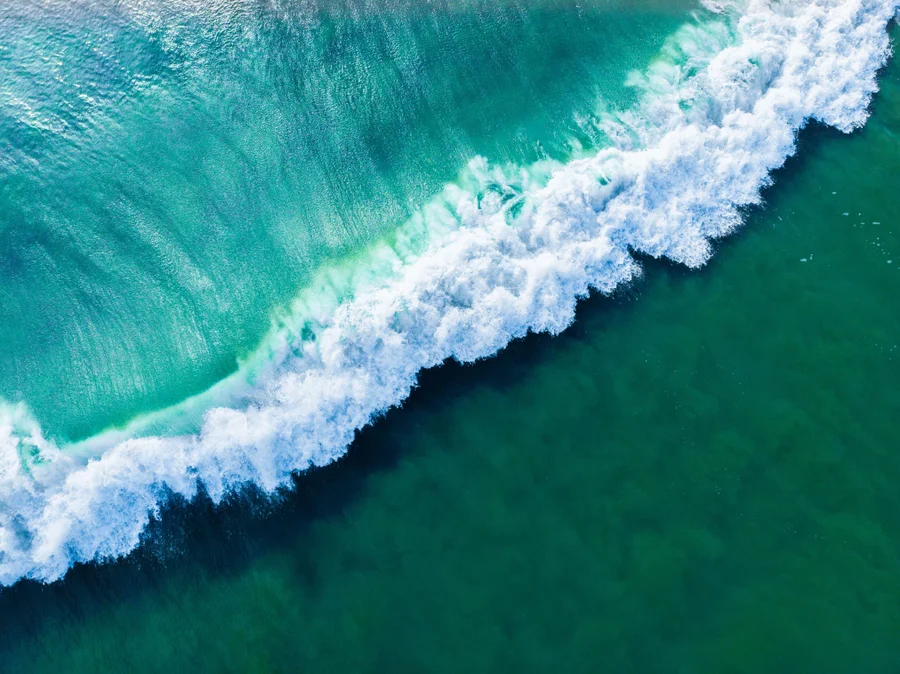Is the color of the oceans changing?

The color of over 56 per cent of the worlits oceans larger than Earths total laut eganse, has changed significantly over the last two decades and human-caused dimate change is likely the driver, according to researchers
These colour changes, subtle to the human eye, cannot be explained by natural, year-to-year variability alone. Ocean colour, a literal reflection of the life and materials in its waters, in regions near the equator was found to have steadily turned greener over time, indicating changes in the ecosystems within the surface oceans.
The green colour of the ocean waters comes from the green pigment chlorophyll present in phytoplankton. the plant-like microbes abundant in upper ocean Scientists are, therefore, keen to monitor phytoplankton to see their response to climate change
The researchers from the Massachusetts Institute of Technology (MIT), US, and other institutes in their paper published in the joumal Nature, say that it would take 30 years of tracking chlorophyll changes before climate-change-driven trends would show, because natural, annual variations in chlorophyll would overwhelm those influenced by human activities.
In a 2019 paper, study co-author Stephanie Dutkiewicz and her colleagues showed that monitoring other ocean colours whose annual variations are much smaller than those of chlorophyll, would convey mom dear signals of climate-change-driven changes and that they might even be apparent in 20 years, rather than 30.
"It's worth looking at the whole spectrum, rather than just trying to estimate one number from bits of the spectrum." said lead author B. B. Cael of the National Oceanography Center. Cael and team then statistically analysed all the seven ocean colours recorded by satellite observations from 2002 to 2022 together.
To understand climate changes contribution to all these changes, he used Dutkiewicz's 2019 model to simulate the Earth's oceans under two scenarios-one with greenhouse gases and the other without them. The greenhouse gas model predicted changes to the colour of about 50 per cent of the world's surface oceans in under 20 years close to Cael's conclusions from his real-world satellite data analysis. "This trend is consistent with anthropogenic climate change"
Picture Credit: google